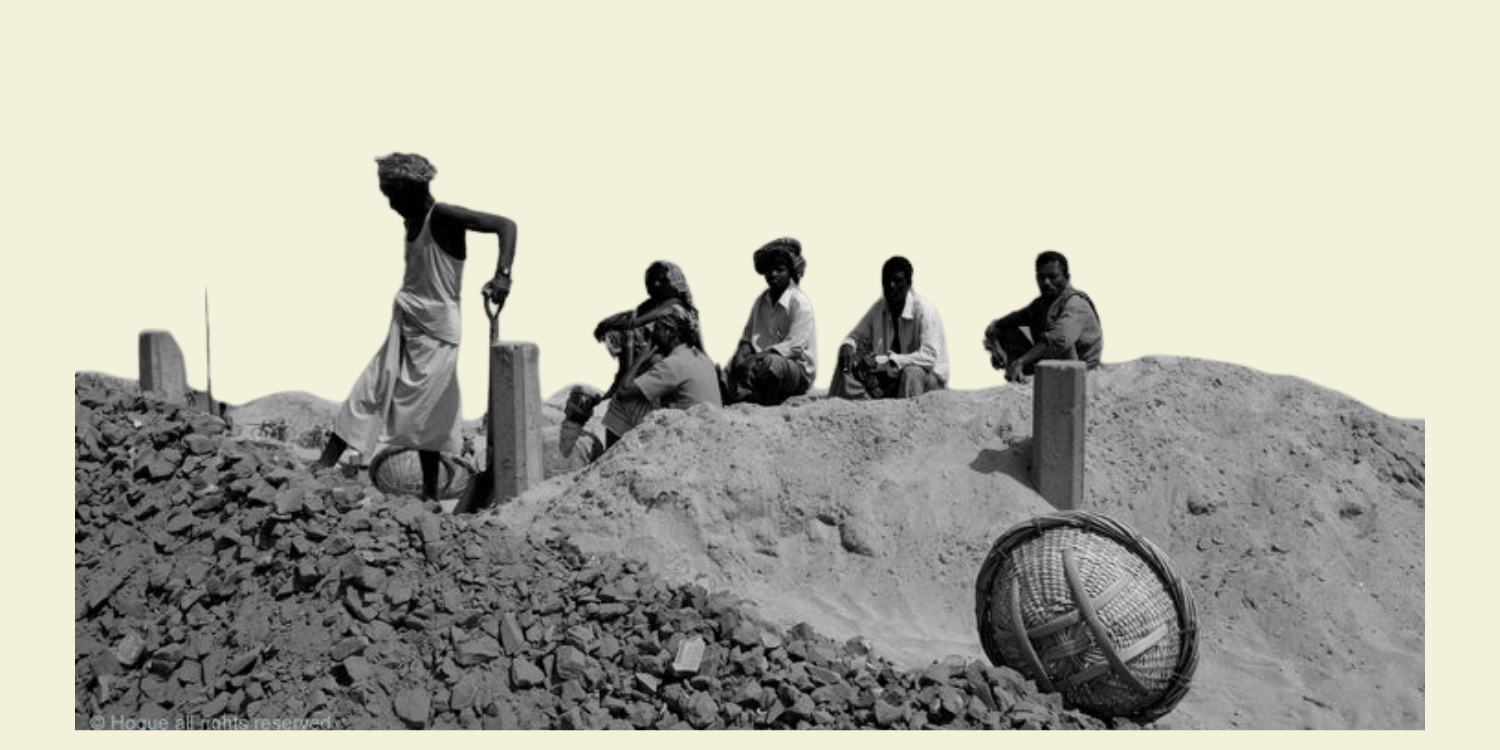ABSTRACT
In 2021 ‘Fenty Beauty’, a leading makeup brand owned by the pop-star Rihanna, was criticised for using mica from mines in Giridih and Koderma, Jharkhand (Sirur, 2021). The news brought into limelight the discourse around industries thriving on cheap raw materials, especially ones acquired from illegal mica mines through child labour. The issue of child labour is not new in developing nations like India. Economic distress and poverty are significant drivers that force children to leave their education and take up exploitative and hazardous jobs. Even with policies to prevent both child labour and illegal mining, Jharkhand’s mica mines are a unique case study in implementation failures. This paper seeks to understand the issue of child labour in the country through the particular case of mica mining in Jharkhand. It explores drivers, policy measures, and implementation gaps by comparing publicly available data with perspectives from stakeholders on the ground in Giridih and Koderma districts.
Keywords: Child Labour, Mica Mines, Jharkhand, Labour Rights
INTRODUCTION
The International Labour Organization [ILO] defines child labour as:
“work that deprives children (any person under 18) of their childhood, their potential and their dignity, and that is harmful to their physical and/or mental development. It refers to work that is mentally, or morally dangerous and harmful to children; and/or interferes with their schooling by depriving them of the opportunity to attend school, obliging them to leave school prematurely and, requiring them to attempt to combine school attendance with excessively long and heavy work.” (International Labour Organization, n.d. a)





